Needless to say, it was absolutely flawless and everyone looked awesome in their caps and gowns.
Marching in our white dresses in the Laurel Parade singing “Bread and Roses."
Staying up past midnight watching Dirty Dancing in the amphitheater; the entire senior class erupting in cheers when Jake Houseman proudly announced that “Baby’s starting Mount Holyoke in the fall.”
But the most important event that happened the night before graduation, was the baccalaureate ceremony in Abbey Church. There, the undergraduates attended, donning on their caps and gowns as the faculty made speeches, advising the to-be graduates to take a moment and feel proud of all of their accomplishments.
It was the penultimate send-off ceremony, before the actual send-off ceremony.
But I couldn’t help but wonder if all of the other sister schools were doing what we were doing right now.
Granted, two out of the seven sister schools are different compared to the characteristics of the remaining five sister schools (Mount Holyoke, Smith, Wellesley, Bryn Mawr and Barnard). Vassar decided to go coed in 1969, and Radcliffe merged with Harvard and is now a research institute and no longer an undergraduate institution.
Nevertheless, all seven of these schools produced some of the most intellectual and creative individuals in the country. Authors who’ve graduated from these schools looked back fondly on the memories of attending these women’s college and the bonds that were established. Mainly emphasizing how different the adult world is compared to the safe bubble that everyone lived in during their four years of college.
So if you’re a former seven sister student looking for a book that brings the sentimental memories of your school on every page, I’ve got you covered.
In addition, for those who’ve graduated from Vassar or who are finishing up degrees at the Radcliffe Institute, these books apply to you as well.
These stories are meant to help you ease into your life as full-fledged adults, while also providing you some advice on how to live a well-meaning life after college.
For the Smith Graduates: Commencement by J. Courtney Sullivan
For the Vassar Graduates: The Group by Mary McCarthy
For the Mount Holyoke Graduates: The Secret Life of Emily Dickinson by Jerome Charyn
For the Bryn Mwar Graduates: The Year She Left Us by Kathryn Ma
For the Barnard Graduates: Breathless – An American Girl in Paris by Nancy K. Miller
For the Wellesley Graduates: The List by Karin Tanabe
For the Radcliffe Graduates: Class Reunion by Rona Jaffe
So gather your fellow sisters, and start recording as to what the adult world has in store for you!
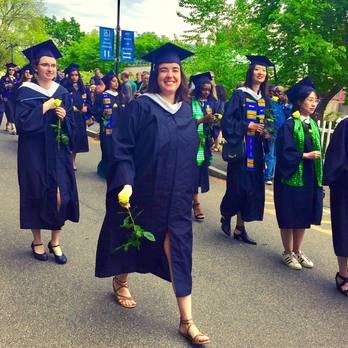
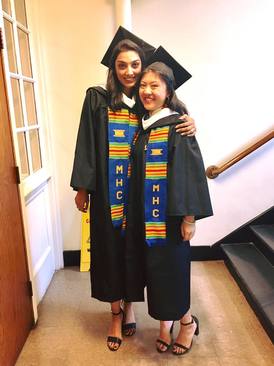
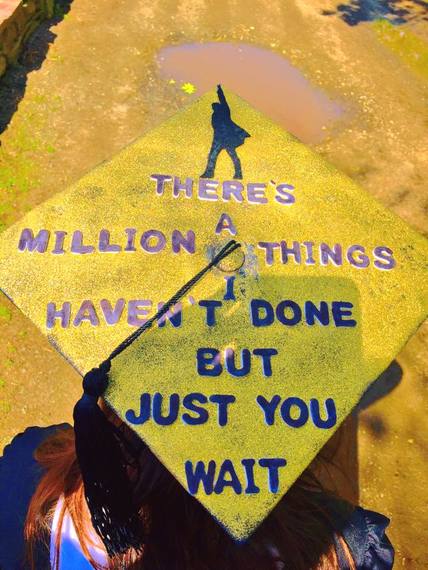
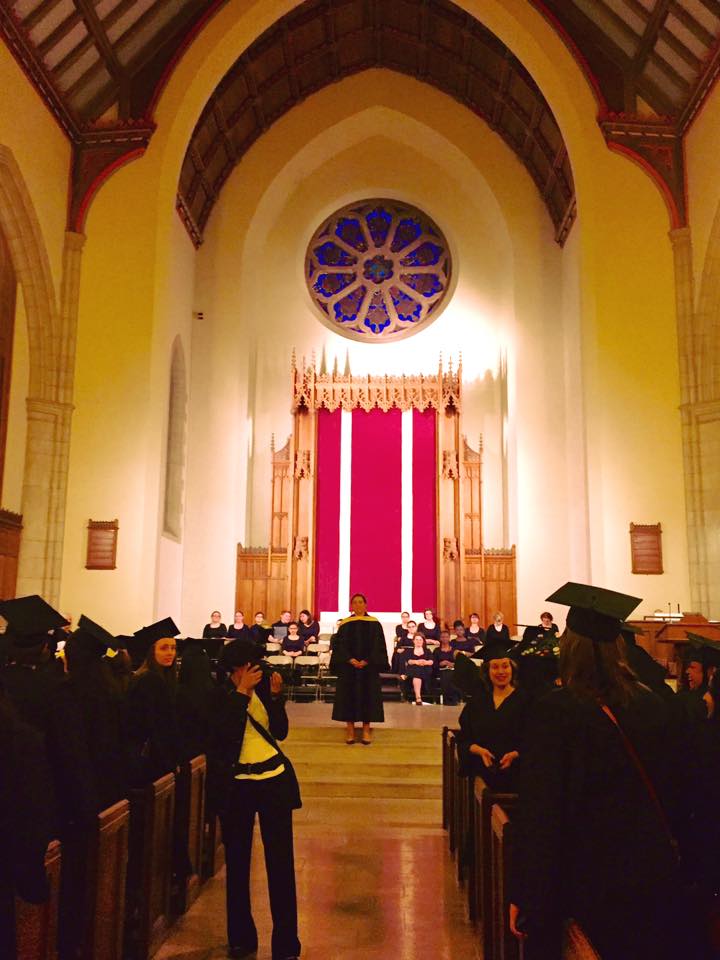
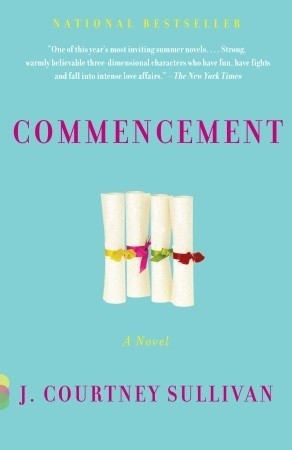
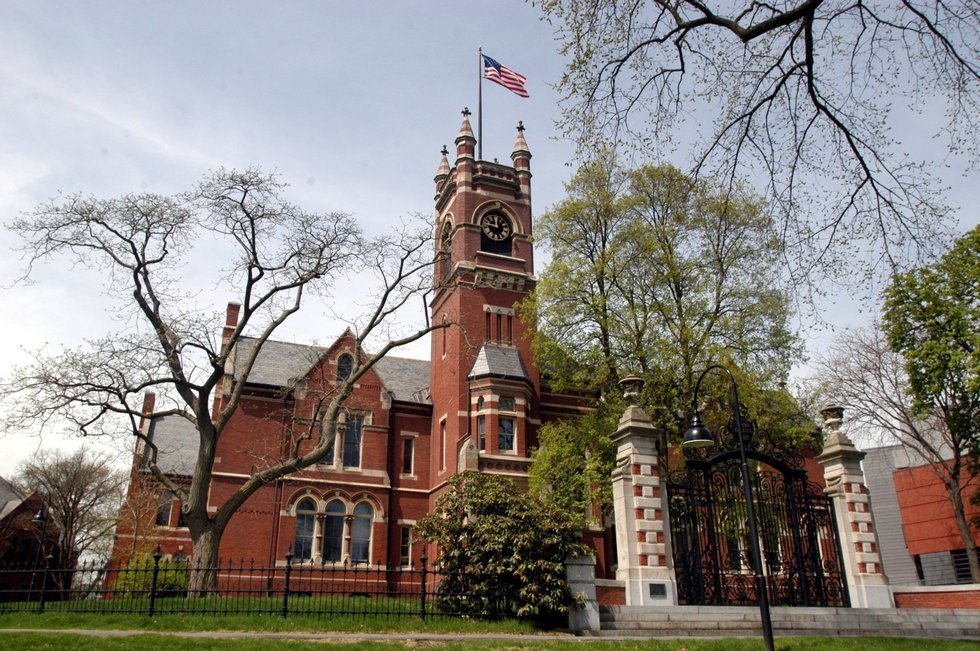


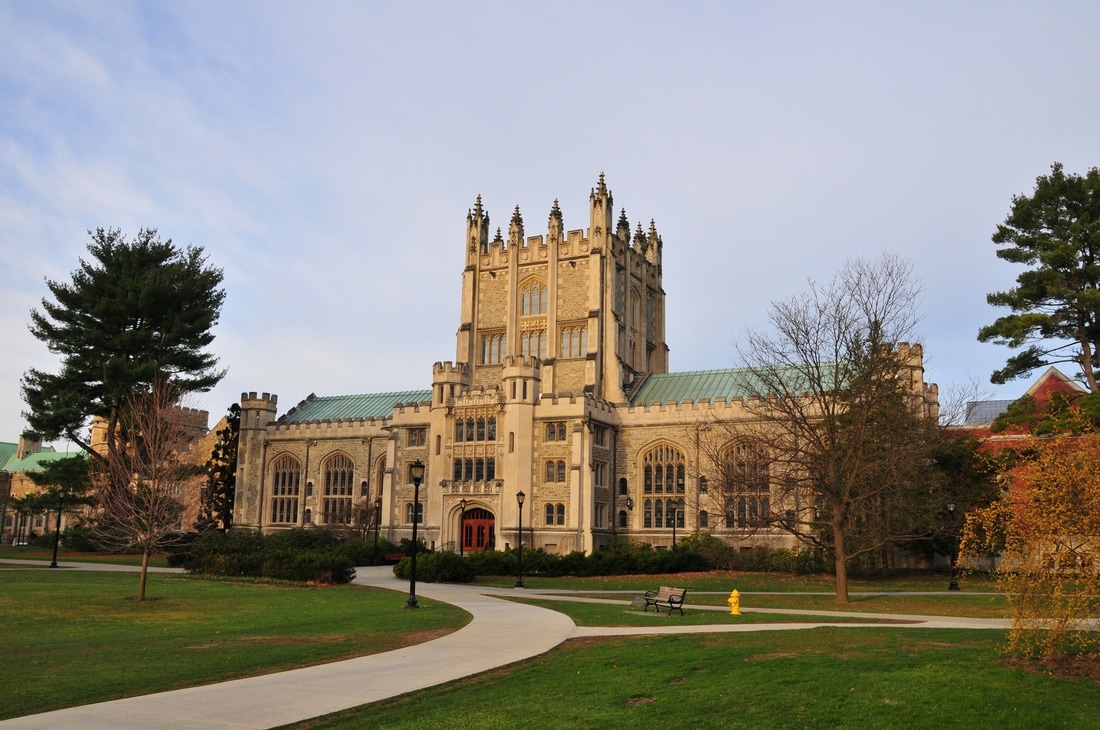




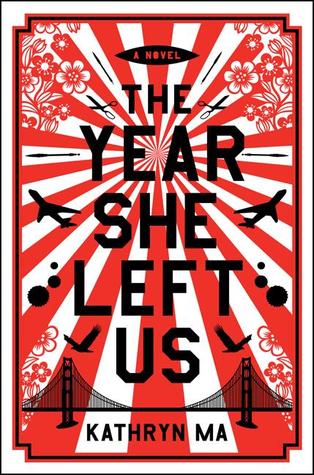
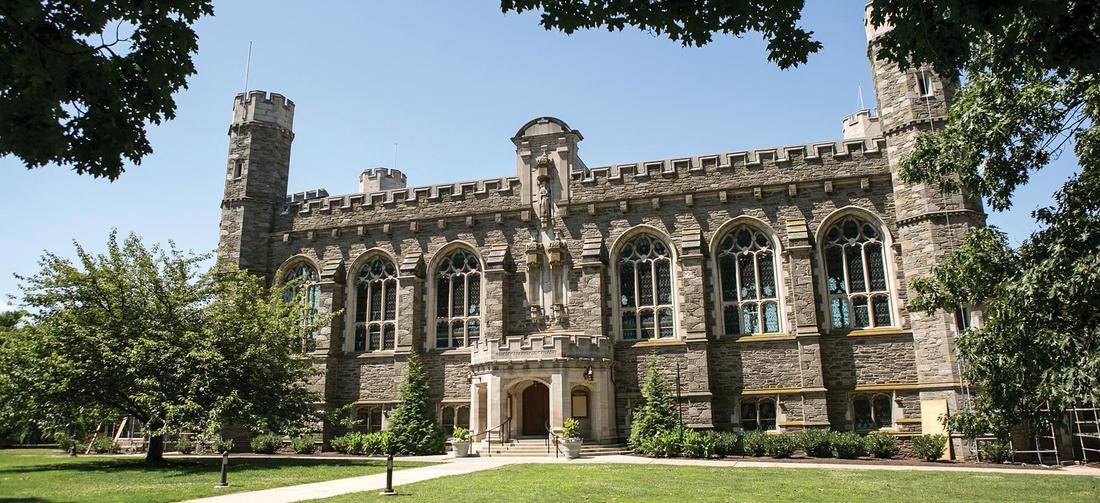
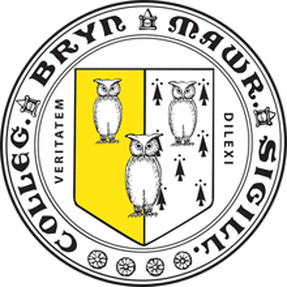
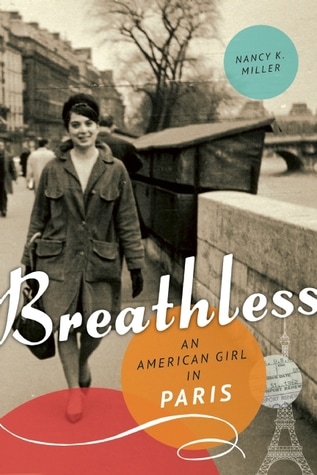
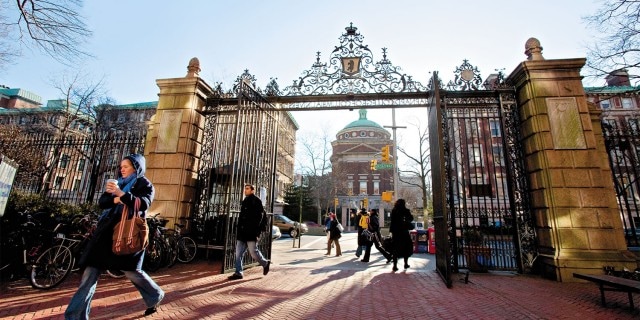

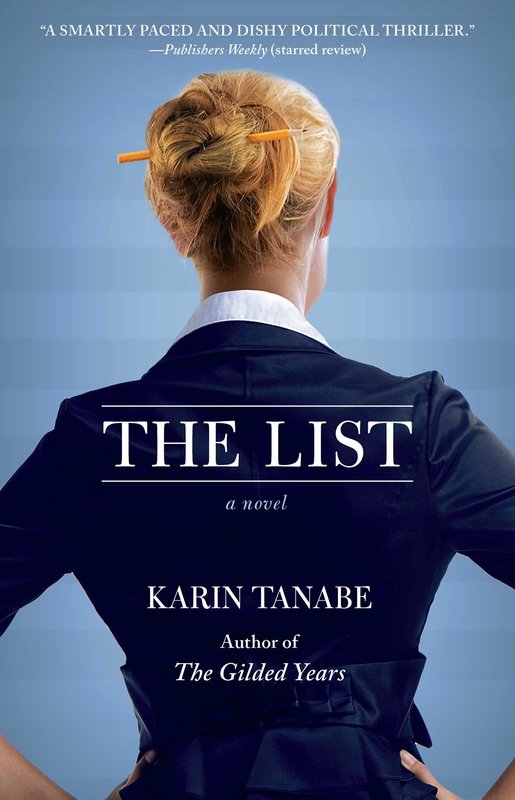
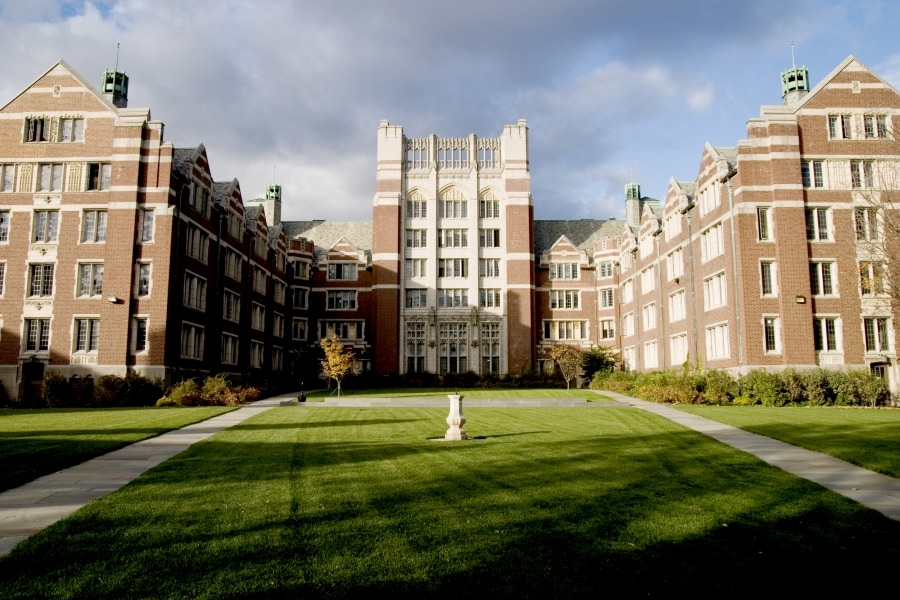

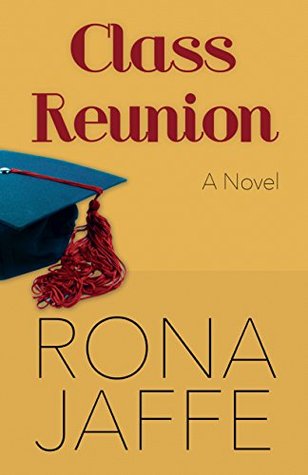
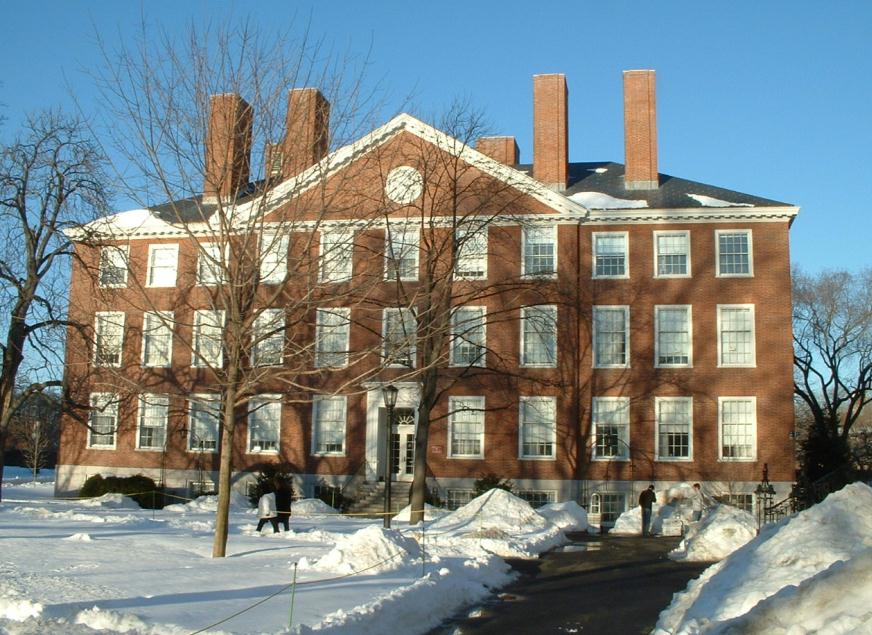
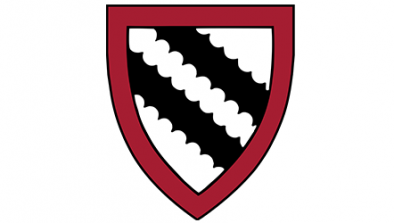

 RSS Feed
RSS Feed
